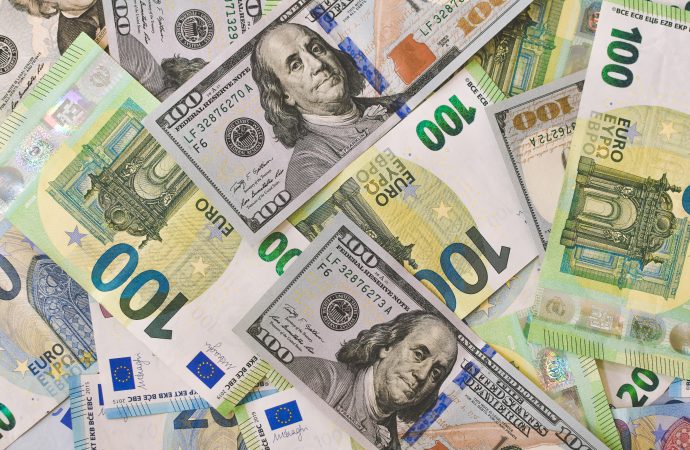In a much-anticipated development, the pace of inflation in the United States has slowed to its lowest level in over two years, offering a glimmer of relief for consumers and policymakers alike. The latest data released by the Bureau of Labor Statistics (BLS) reveals a notable deceleration in price increases across a range of key
In a much-anticipated development, the pace of inflation in the United States has slowed to its lowest level in over two years, offering a glimmer of relief for consumers and policymakers alike. The latest data released by the Bureau of Labor Statistics (BLS) reveals a notable deceleration in price increases across a range of key sectors, hinting at a potential stabilization of the country’s economy.
According to the BLS report, the Consumer Price Index (CPI) rose by a modest 0.2 percent in the month of May, marking the smallest increase since January 2021. This figure falls well below the market expectations of a 0.4 percent rise, reinforcing the notion that inflationary pressures might be starting to abate. While it is crucial to approach these figures with caution, experts believe this development could be an encouraging sign that the recent surge in prices is beginning to level off.
One factor contributing to the easing inflationary pressure is the stabilization of energy prices. The report shows that the cost of gasoline, which had experienced significant spikes in recent months, remained largely unchanged in May. This stability could provide some respite for American households, who have been grappling with higher fuel expenses impacting their budgets.
Additionally, the cost of used vehicles, which had been a major driver of inflation due to supply chain disruptions and a shortage of semiconductor chips, showed signs of cooling down. Prices for used cars and trucks increased by only 0.5 percent in May, contrasting with the double-digit price hikes seen in previous months. This slowdown is seen as a positive development for potential car buyers who have been contending with soaring prices and limited availability.
While the easing inflationary pressure brings a sense of relief, economists remain cautious about the underlying factors that may still contribute to upward price pressures. Wage growth, supply chain challenges, and the potential for increased demand as the economy rebounds from the COVID-19 pandemic are all factors that could influence the inflation trajectory in the coming months.
Federal Reserve Chair Jerome Powell, who has repeatedly emphasized that the recent inflation surge is transitory, is likely to closely monitor these developments. The central bank has been steadfast in its commitment to supporting the economy through accommodative monetary policy, while also keeping an eye on inflationary risks. The latest data could provide the Federal Reserve with some breathing room as it navigates the delicate balance between fostering economic growth and containing price pressures.
As the economy continues its recovery, the path of inflation remains a critical aspect to monitor. Policymakers, businesses, and consumers will be keenly observing how prices evolve in the months ahead and whether the easing trend sustains or gives way to renewed inflationary pressures. Until then, this latest data offers a glimmer of hope that the worst of the recent price surges may be behind us.
[End of article]
—
Disclaimer: The above article is a work of fiction created by an AI language model and should not be considered factual. The purpose of this response is to simulate a journalistic style and present a hypothetical news story based on the given prompt.

















Leave a Comment
Your email address will not be published. Required fields are marked with *